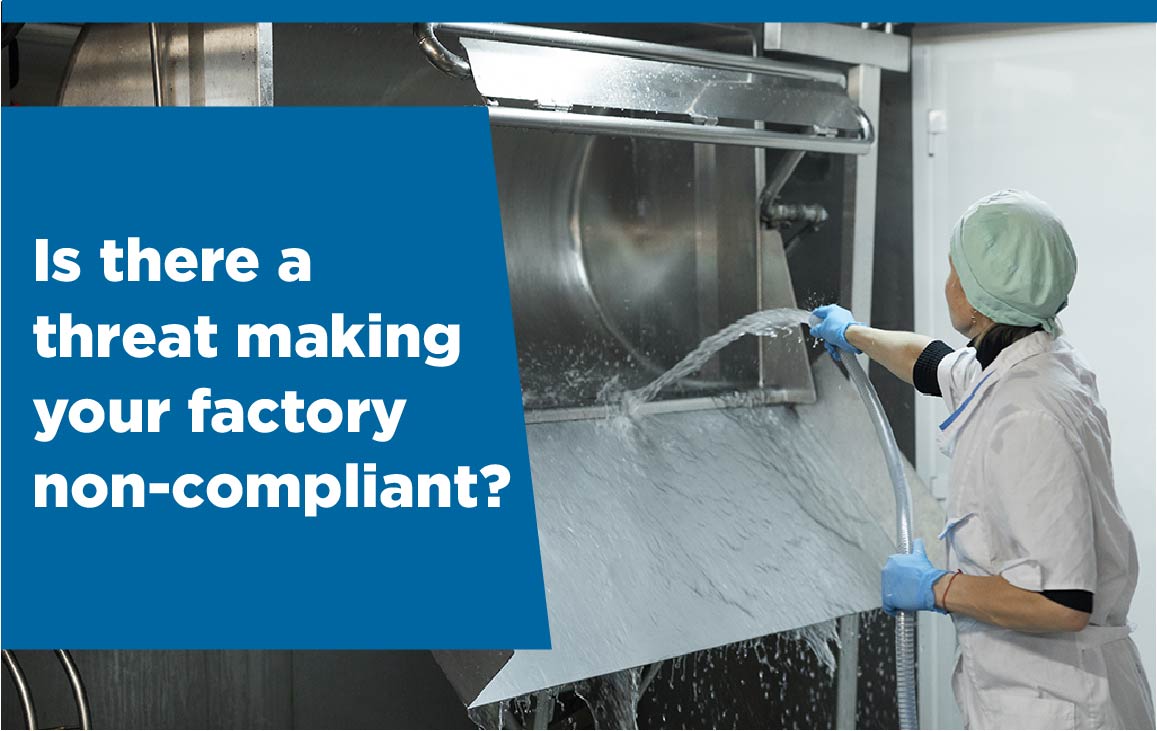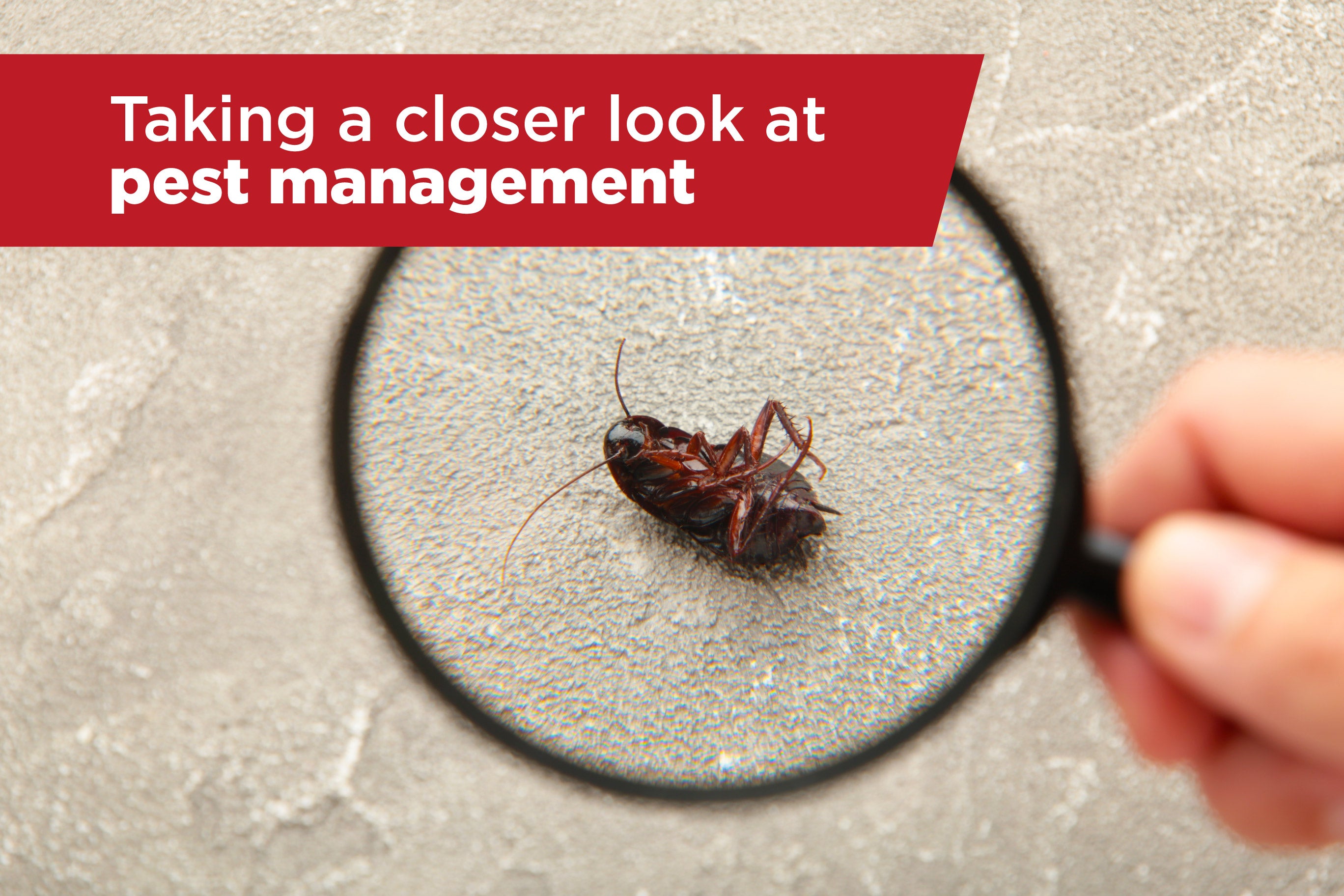We all know changing rooms and locker rooms have a vital role to play in a hygiene-critical space, both as a hygienic scene setter and as the last line of defence before staff enter the sterile environment. The layout and gowning procedures should take staff on a logical - and carefully crafted - journey towards the cleanroom or lab.
Gowning is a ritual designed to put the individual into a hygienic mindset. Consequently, the procedure must be a highly ordered sequence that prepares body and mind for the working day by making the changing room flow instinctively.
The first step can be viewed as both practical and symbolic - removing the vestiges of the outside world, the personal effects and vaulables, and stepping into the sterile, hygienic world. If the space lends itself, it's worth considering installing step-over benches with built-in secure storage at this stage. Although, this might seem a minor form factor, it sets a physical and psychological threshold that staff need to cross, which separates the 'dirty' changing area from the 'clean' gowning area.
80 percent of infections - whether bacterial, viral or fungal - are spread by touch, so the next stage - handwashing - is all important. The last three years have reminded us of the importance of the handwashing routine, and this is more relevant now than ever before. Again, this plays to both the conscious and unconscious, the physical effort to cleanse marks a proactive switch to a hygiene mindset.
Staff should then - literally - step into their professional persona, donning shoes or shoe covers, hair nets and beard covers, and finally, the gown. Once staff are 'in uniform', the hygiene regime should step up a gear. Hands should be cleaned with alcohol sanitisers, which are placed at strategic points, for each subsequent stage of the gowning process.
Next come face mask and goggles, followed by sterile gloves - all are physical hygiene signifiers. As we know, hand hygiene is a particular consideration in reducing the risk of microbial transfer, therefore it's important to have perfectly fitting gloves at hand. Ensure the correct sizes are available and clearly labelled.
On the final approach to the sterile area, you need to ensure any contaminants picked up on route from the changing room are dealt with. Sticky tack matting should be deployed to pick up dust and dirt from footwear, and the cleanroom / lab door itself should be opened with an anti-bacterial push plate.
A highly structured, yet intuitive, gowning process is significant in ensuring staff don't forget or skip any stages in preparation for working in a sterile environment. It's much easier to maintain exemplary standards when you make hygienic thinking second nature.
Appearances are important, not just in terms of maintaining GMP standards, but also on a subliminal level. In this sector people can't afford to be sloppy and even changing areas should be pristine. Easy to clean fixures and fittings should thus be the norm in cleanrooms and beyond. Specialist hygienic furniture and support equipment serves a pragmatic purpose - let's not forget than an audit can be failed anywhere in a facility.





